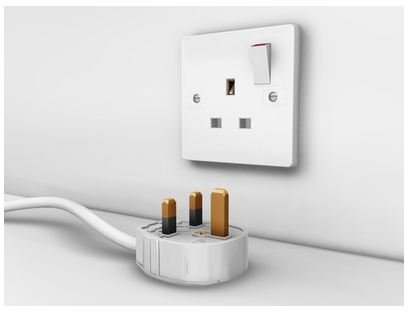Why Do Countries Have Different Plugs - Domestic Mains Electric Supply Explained
Twelve Types of Mains Plug
It can be frustrating travelling abroad and realising that you have to purchase a mains adaptor to use your electrical devices, just as it is when you buy some new hardware online and find it is equipped with power cabling for an entirely different continent.
There are 12 different types of mains plug used around the world, some with their origins in the last days of the British Empire, while others herald from more recent times and continually failing attempts to standardize the connector.
Why Are There Many Types of Electric Plug?
The early days of electricity saw a period of development and expansion that saw the first electricity networks built and introduced into homes and offices for the first time. Simultaneously across North America and Europe, different companies were hardwiring properties into what would become national grids, and in turn electrical devices were wired directly into these supplies.
As the problems surrounding this method become clear, innovators around the world independently devised different methods to plug and unplug electrical items from the mains. These new plugs were then adopted by local and national electricity companies, with complete disregard for similar efforts taking place abroad.
Running parallel to this was the establishment of different methods of generating electrical power supplies – this also affected the design of the resulting plugs as well as the design of the networks and electrical devices.
Some Typical Power Supply Plugs

In the United Kingdom, a bulky three pin mains plug is found on the majority of devices. This plug was designed and introduced during World War II to take advantage of a lack of copper. As the majority of resources were being directed into the war effort, this plug was equipped with a short copper fuse, thus removing a key element of a domestic electrical supply and effectively placing it within the device.
This is in contrast to the earlier rounded three pin plug used throughout the UK and the British Empire before this – and as a result of the subsequent breakup of that empire following World War II large portions of Asia and Africa still use the original three pin.
Curiously this use of three pin plugs in the UK was in sharp contrast to the rest of Europe and even North America where two pin devices where very much in vogue - but even then, there is a considerable difference in design, and this is purely down to the lack of communications available during the early days of electricity. Given that modern communication is largely facilitated by electricity this is hardly a surprise.
